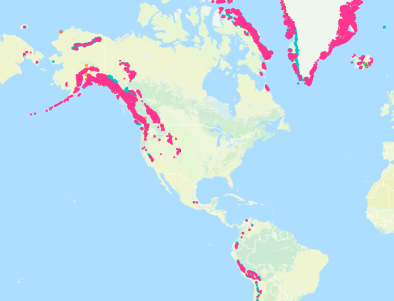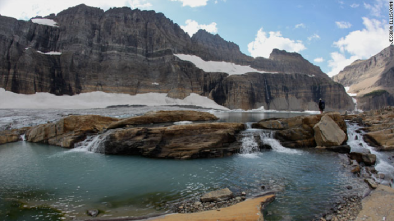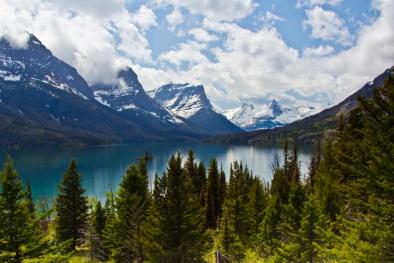Science Source
A century of climate and ecosystem change in Western Montana: what do temperature trends portend?
- Aims to: (1) describe rates of change in temperature averages and extremes for western Montana, a region containing sensitive resources and ecosystems, (2) investigate associations between Montana temperature change to hemispheric and global temperature change, (3) provide climate analysis tools for land and resource managers responsible for researching and maintaining renewable resources, habitat, and threatened/endangered species and (4) integrate findings into a more general assessment of climate impacts on ecosystem processes and services over the past century
- Analyzes over 100 years of daily and monthly temperature data collected in western Montana, USA for long-term changes in seasonal averages and daily extremes
- Assesses, in particular, variability and trends in temperature above or below ecologically and socially meaningful thresholds within this region (e.g., −17.8°C (0°F), 0°C (32°F), and 32.2°C (90°F))
- Finds that the daily temperature time series reveal extremely cold days (≤ −17.8°C) terminate on average 20 days earlier and decline in number, whereas extremely hot days (≥32°C) show a three-fold increase in number and a 24-day increase in seasonal window during which they occur
- Results show that regionally important thresholds have been exceeded, the most recent of which include the timing and number of the 0°C freeze/thaw temperatures during spring and fall
- Closes with a discussion on the implications for Montana’s ecosystems
- Gives special attention to critical processes that respond non-linearly as temperatures exceed critical thresholds, and have positive feedbacks that amplify the changes
Related Content
Real Time Data

Nov 22, 2016 | National Snow and Ice Data Center
Global Land Ice Measurements from Space (GLIMS)
Headline

Nov 22, 2016 | CNN
Montana's melting glaciers: The poster-child for climate change
Headline

Nov 22, 2016 | Mother Jones
7 More National Parks Threatened by Fire
Science Source
| Climatic Change
Changes in snowmelt runoff timing in Western North America under a 'business as usual' climate change scenario
Iris Stewart, Daniel Cayan, and Michael Dettinger


